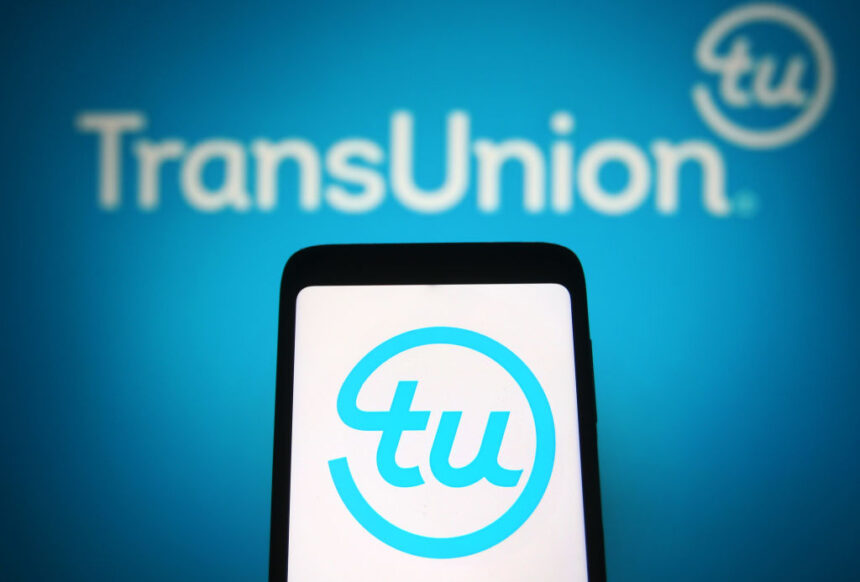TransUnion, the company best-known for its credit reports, is expanding a partnership with health data firm Datavant to move more deeply into healthcare marketing.
Under the partnership announced this week, Datavant will provide its irreversible, encrypted “tokens” to enable TransUnion to match de-identified patient demographic data with healthcare clients’ first-party and licensed third-party data.
One aim is to help pharma and other such advertisers see how their marketing efforts impact prescription lift, in a HIPAA-compliant way, explained Michael Schoen, EVP and GM of marketing solutions at TransUnion.
“By working with Datavant, and leveraging their token-izaton technology — which doesn’t leverage personally identifiable information — we’re able to connect TransUnion’s data about consumers in a way that’s deidentified,” Schoen said. “We’re able to combine TransUnion data with first-party information that the HCP may have, to provide new consumer insights that weren’t previously available.”
Historically, TransUnion’s largest business has undoubtedly been as a consumer credit bureau. Through prior acquisitions like Tru Optik and Signal, it had been investing more in identity and consumer insights for marketing, mainly confined to the media and entertainment verticals.
The bureau’s $3 billion acquisition of Neustar in 2021 widened its aperture on the marketing space to include healthcare among a number of other verticals.
“Neustar had experience in healthcare primarily through providing marketing-mix solutions to some large hospital groups,” recalled Schoen, who was part of the legacy Neustar team before joining TransUnion.
The Datavant partnership enables TransUnion to leverage the Neustar acquisition in a way that broadens the set of offerings aimed at the healthcare space. Datavant counts the top 30 pharma brands and more than 2,000 hospitals and 15,000 clinics as customers.
Datavant’s partners will be able to connect to demographic data available in TransUnion’s suite of tools, dubbed TruAudience. In February TransUnion rebranded many of its B2B tools under the “Tru” umbrella in order to make it easier for customers from disparate industries to navigate its product portfolio.
Insights available fall into two areas.
First, meshing TransUnion’s consumer demographic and psychographic information with a healthcare organization’s first-party data may enable a better understanding of which consumers are engaging with a brand, said Schoen.
The second area relies on TransUnion mining its integration with the media ecosystem to see which channels those audience segments are being exposed to.
TransUnion is a market leader in multi-touch attribution, with partnerships spanning the major media players, from addressable TV to social channels, Schoen noted.
When a pharma company partners with a third-party healthcare provider with prescription or claims information, that data is accessed through Datavant to ensure they’re de-identified, then layered onto TransUnion’s consumer data.
“We’re able to connect the dots between those consumers and physicians who may be exposed to campaign activity and those who are then writing prescriptions,” Schoen said. “So it unlocks a much more granular view of marketing effectiveness in a way that’s privacy-safe.”
Beyond offering a measure of the ROI of outreach, the tool also allows for optimization. Marketers can use it both to fine-tune the channels used as well as to personalize creative across audiences, he added.
“We’re now able to leverage more granular-level data sets to fine-tune optimization of marketing campaigns,” Schoen said. “I’m excited about the improvements in marketing campaign effectiveness that this could help drive in the industry.”







